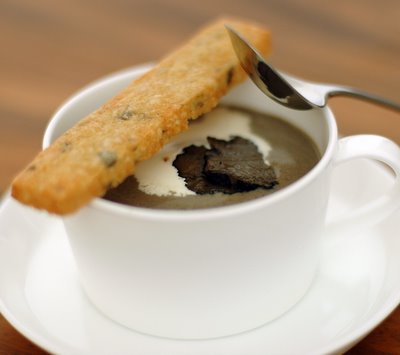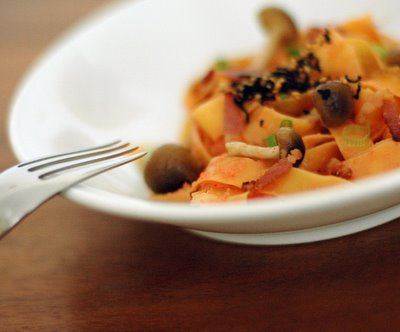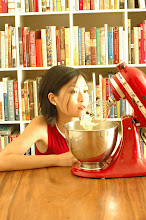Lost & Found: A Mariage Frères Brûle Parfum Teapot
 I have a great weakness for all things Mariage Frères. The elegance of the sky-lit tearoom on Rue du Bourg-Tibourg appointed in chic colonial style, the sophistication of their distinctive black-and-yellow canisters, the artfulness of their classic blends, the intoxicating fragrance of their teas flavoured with a lush mix of fruit, flowers and spices - the Mariage Frères experience is sheer sensory escapism. Don't take it from me; Michèle of Oswego Tea, Sam of Becks & Posh, and Santos of The Scent of Green Bananas - ladies of impeccable taste - have all written eloquent accounts of their own encounters.
I have a great weakness for all things Mariage Frères. The elegance of the sky-lit tearoom on Rue du Bourg-Tibourg appointed in chic colonial style, the sophistication of their distinctive black-and-yellow canisters, the artfulness of their classic blends, the intoxicating fragrance of their teas flavoured with a lush mix of fruit, flowers and spices - the Mariage Frères experience is sheer sensory escapism. Don't take it from me; Michèle of Oswego Tea, Sam of Becks & Posh, and Santos of The Scent of Green Bananas - ladies of impeccable taste - have all written eloquent accounts of their own encounters.Short of hopping onto a plane, I was pretty much dependent on friends travelling to Paris or Tokyo to bring me back a fix or two. W is all too familiar with my slight obsession - on our trip to Bangkok in September, I persuaded him to travel halfway across town (no mean feat given Bangkok traffic) to The Oriental, just so as to drink “The Oriental”, a brew of high grown black tea perfumed with jasmine and mandarin specially created by the maison de thé in honour of the grand hotel. On a previous trip to Tokyo, I left with a half-empty suitcase and upon checking into the hotel and barely dropping my bags, headed straight for the Mariage Frères salon de thé in Ginza where I proceeded to buy as much as my luggage could hold.
And then, on my way out, my eyes fell upon The Most Perfect Teapot I Had Ever Seen. An exquisite form, a rare beauty, the teapot of my dreams, the one I never knew I was looking for. Love at first sight, no questions about it. Sadly, where objects of desire are concerned, it's very often love for money - I was on a budget far too modest to accommodate the likes of this precious thoroughbred. Steeling myself, almost choking back a tear, I spun around and slowly, deliberately, walked out. That night, I tossed and turned in the unfamiliar hotel bedding, unable to fall asleep, consumed by thoughts of how much better tea could taste thanks to a teapot. Need I say that come daybreak, I had decided that I could afford it afterall, the better part of that sleepless night having been spent performing some complex mental budgetary arithmetic. And need I say that my overnight dithering meant that The Most Perfect Teapot I Had Ever Seen also became The One That Got Away? Such is life - it was gone when I returned to Ginza that morning.
They say opportunity never knocks twice. Happily, I can now beg to differ. Some weeks back, as I was doing a spot of Christmas shopping, just when I wasn't looking, there it sat on the back of a shelf (for anyone who's interested, The Link Home in Singapore also carries a small selection of Mariage Frères teas). The Brûle Parfum, or "Scent Holder", is so-named after its inspiration, an 18th century incense holder Kitti Cha Sangmanee (part of the creative force behind the renaissance of the venerable house) had seen in Japan. The fluted body of this porcelain teapot, draped in a platinum glaze of subdued sheen, is crowned with a cast-iron top, pierced so as to let the tea's ethereal perfume rise in tantalising plumes.
And yes, the tea does taste better...








